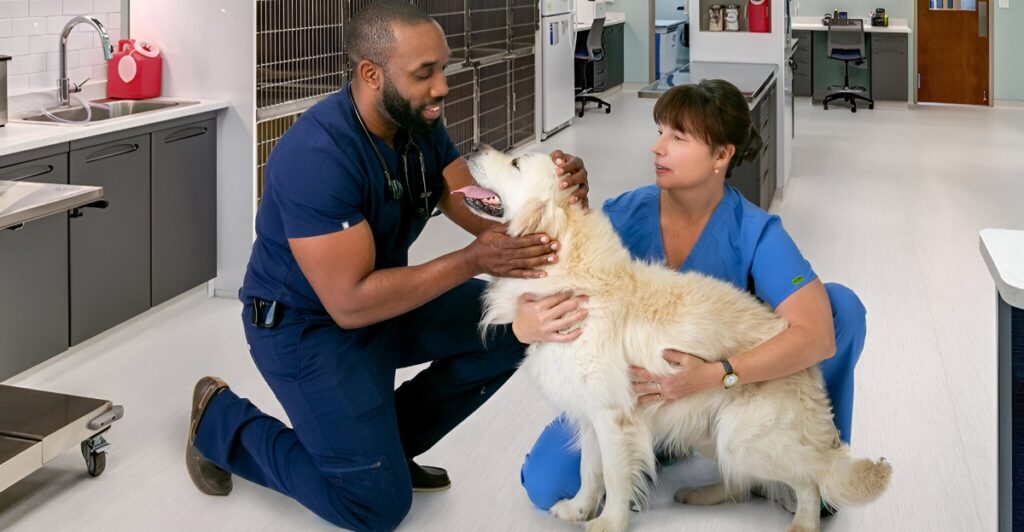
Dogs are entering what scientists now call the “third wave of domestication,” a fast-moving chapter in their evolutionary journey shaped by our urban lives and shifting expectations. While previous waves took thousands of years to mold wolves into working animals, this one is unfolding in real time—possibly within a single generation.
From emotional responsiveness to behavioral adaptations, modern dogs are changing at the genetic and neurological levels to meet today’s human needs. These developments offer a remarkable glimpse not only into canine biology, but also into how humans shape—and are shaped by—our closest animal companions.
What follows is a deep dive into the surprising signals that show how evolution is happening not in the wild, but in our homes, parks, and city streets.
1. The Oxytocin Effect: Dogs’ Brains Are Rewiring for Bonding
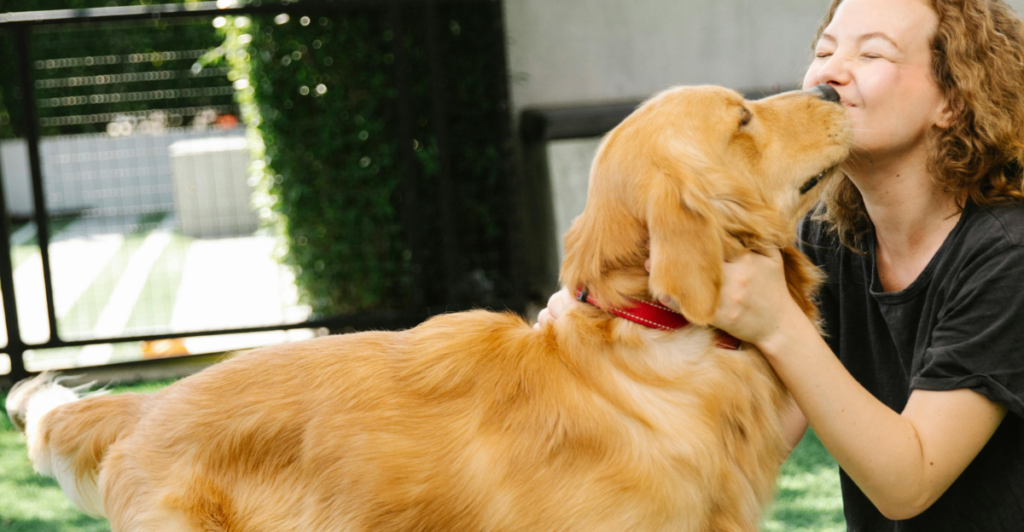
A significant biological shift is occurring in dogs, making them more emotionally attuned to humans through changes in oxytocin sensitivity. At Sweden’s Linköping University, researchers found that dogs with particular oxytocin receptor genes were more likely to seek human help during tough situations.
In one study, 60 golden retrievers were given an unsolvable treat puzzle. Dogs treated with oxytocin nasal spray turned to their owners much faster than those given a placebo. This phenomenon defies the common assumption that canine affection is merely learned behavior.
Instead, the evidence points to a biological evolution in which dogs are becoming neurologically hardwired for deeper emotional bonds—suggesting this transformation is not just behavioral, but a fundamental shift in how dogs relate to people.
2. City Slickers: The Surprising Speed of Urban Adaptation
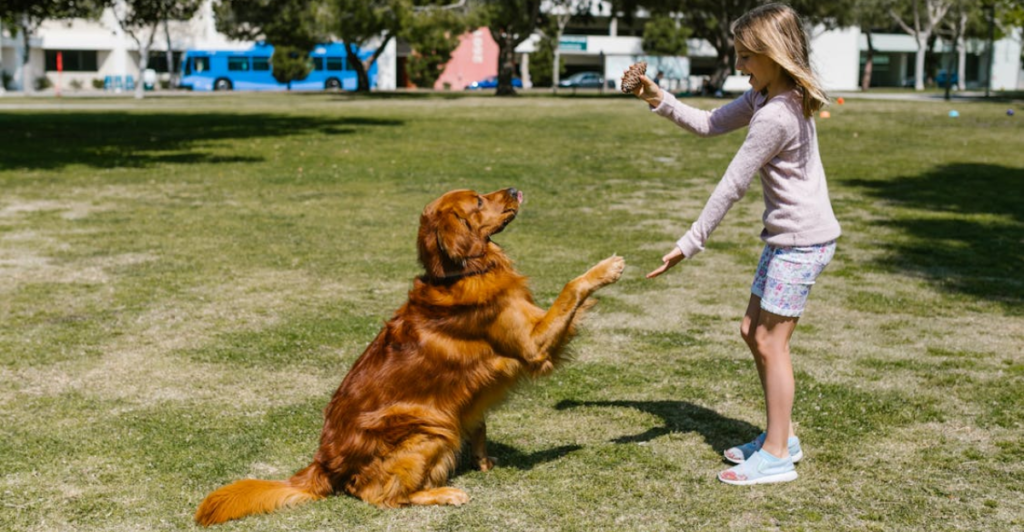
The belief that dogs need wide-open spaces is being upended by their swift adjustment to city life. Increasingly, dogs are developing behaviors and even physical changes suited for apartment living.
Brian Hare, an evolutionary anthropologist at Duke University, notes that “natural spaces where dogs could roam freely are becoming increasingly scarce.” As a result, dogs are adapting to structured, indoor environments—surprisingly well in many cases. Even high-energy breeds like greyhounds are now thriving in small homes with minimal exercise.
Reduced territorial tendencies, predictable routines, and sleep pattern shifts are all signs of fast-paced adaptation. These changes represent more than training—they reflect a genetic and behavioral evolution, as dogs conform not just to new environments, but to the rhythms of urban human life.
3. From Herders to Huggers: Evolution of Purpose

Dogs were once indispensable tools for herding, hunting, and guarding. Now, they’re evolving for something entirely different: emotional companionship. While some view this change as simple retraining, scientists argue it marks genuine biological evolution.
No longer shaped primarily for physical tasks, dogs are increasingly selected for traits like sociability and emotional sensitivity. Genetic and neurological changes are reinforcing this trend, making them more compatible with modern, often sedentary lifestyles. The idea that companion dogs are “less than” working dogs is being reconsidered.
In evolutionary terms, today’s lapdogs may actually represent a more advanced adaptation, refined not for survival in the wild or on the farm, but for thriving in human homes—a striking example of evolution responding directly to cultural transformation.
4. The Third Domestication Wave: Evolution in Fast Forward

This third domestication wave is redefining how fast evolution can occur. Unlike earlier domestication phases, which unfolded over thousands of years, today’s changes in dogs are happening within decades—or even a single generation.
In the West, selective breeding now focuses on traits ideal for companionship: emotional stability, low aggression, and adaptability to confined spaces. Vanessa Woods of Duke University puts it succinctly: “The future of dog domestication is in our own homes.” This upends the long-held belief that evolution is inherently slow.
Instead, dogs are demonstrating that under concentrated pressures—like urbanization and human preferences—evolution can speed up dramatically. These rapid shifts in behavior and biology reflect a new era where nature and nurture collide in real time within the human-dog relationship.
5. The ‘Magic Trait’: How Mate Selection Accelerates Evolution
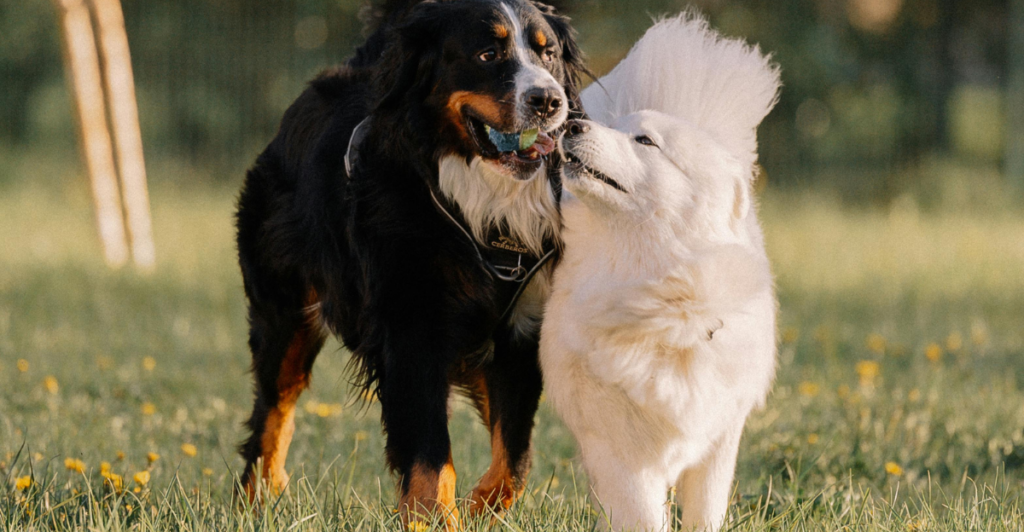
New research suggests that one of the strongest forces behind early dog evolution wasn’t human selection alone, but dogs’ own mating choices. Scientists found that when early dogs selected mates based on tolerance toward humans, evolutionary changes accelerated.
This “magic trait” served a dual function: helping dogs thrive near humans while influencing who they reproduced with. The combination of ecological adaptation—like scavenging human food—and non-random mating created an evolutionary shortcut. It helps explain how dogs diverged from wolves in just 15,000 years, a blink in evolutionary terms.
This challenges the idea that domestication was purely a human-driven process. Instead, early dogs actively participated in their own evolution by choosing traits—like human tolerance—that helped shape the modern companion animals we know today.
6. Service Superstars: The Evolutionary Vanguard
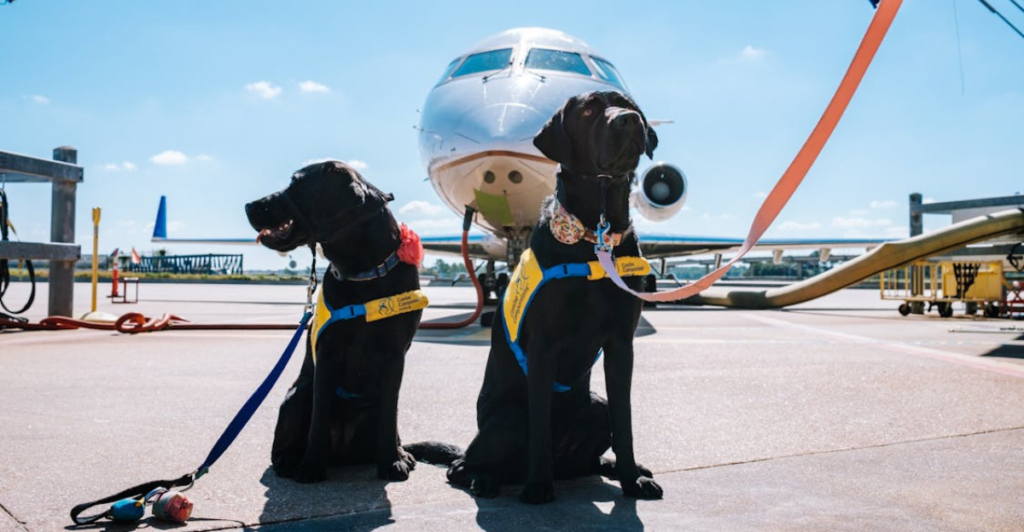
Service dogs are at the forefront of this rapid canine evolution, embodying complex traits once thought beyond a domesticated species. These dogs aren’t simply trained—they’re biologically primed for human connection, showing heightened oxytocin sensitivity and gene variations linked to social cognition.
Research from Linköping University reveals that service dogs excel at solving problems not by acting independently, but by engaging humans in cooperative solutions. This reflects a unique cognitive leap: evolution not toward physical prowess, but toward advanced interspecies communication.
Rather than being “dumbed-down” wolves, as some critics suggest, these dogs represent a sophisticated adaptation—one rooted in emotional intelligence and teamwork. Their success in tasks like guiding the visually impaired highlights how evolution now favors traits built for collaboration, not just survival.
Writing in DNA: The Genetic Evidence for Evolutionary Change

Genetic studies are providing powerful evidence of dogs’ evolutionary shift, with clear markers separating them from their wolf ancestors. Scientists have identified 68 distinct methylated DNA sites that affect genes tied to cognition and neurotransmission.
Remarkably, one genetic mutation related to skull shape spread through wolves in just 10,000 years, proving that rapid evolution isn’t new to canines. More recently, evidence of “dual ancestry” has emerged, suggesting dogs may have been domesticated more than once. This challenges the once-accepted narrative of a single domestication event.
These findings indicate that canine evolution is not linear, but an ongoing, dynamic process. And now, that process is unfolding in our homes, shaped by the environments, routines, and relationships that define modern human life.
Evolution’s Unexpected Costs
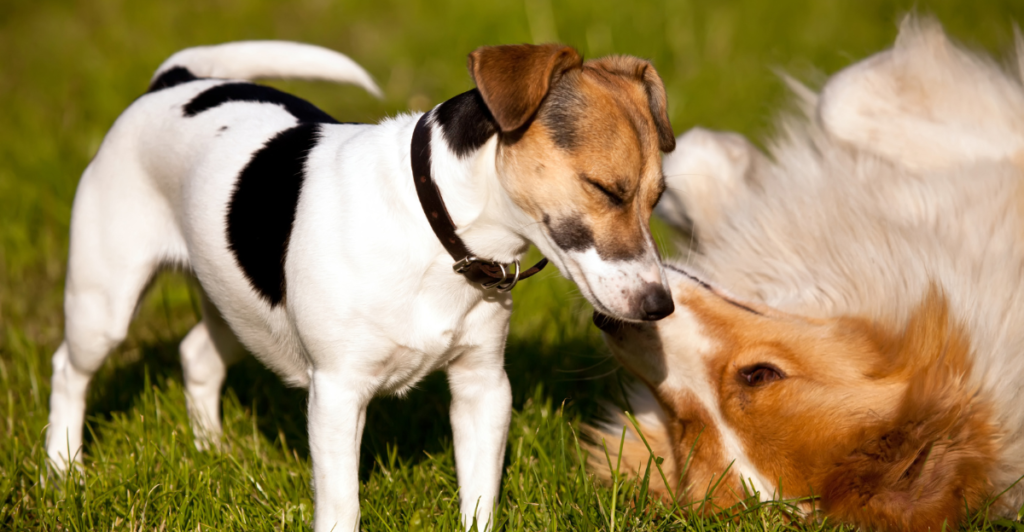
The rapid evolution fueling this new domestication wave isn’t without consequences. As selective breeding accelerates, it’s also exposing dogs to health risks. Researchers believe that relaxed natural selection has allowed harmful mutations to proliferate, reducing overall fitness in some breeds.
This contradicts the notion that purebred dogs are inherently superior or healthier. In fact, many suffer from inherited conditions due to closed gene pools. A revealing example comes from the yellow dog study, which traced the gene for coat color to an ancient canid now extinct—showing how modern breeding can activate long-dormant genes with unforeseen effects.
These insights highlight a difficult truth: while we shape dogs for companionship and aesthetics, we may also be compromising their long-term health and resilience.
Co-Pilots in Evolution: Where Do We Go From Here?

As dogs continue to evolve alongside us, we face critical decisions about their future. The third domestication wave is more than a scientific curiosity—it’s a shared journey. Dogs are adapting to us not just physically, but emotionally and cognitively.
This evolution challenges the idea that we should return them to some imagined “natural” state. That world no longer exists for them—or for us. Instead, we must rethink what responsible companionship means in a time when human influence guides evolution.
Ensuring genetic diversity, promoting health, and understanding emotional needs are key to shaping a sustainable path forward. These animals aren’t just reflections of who we are—they’re partners in an ongoing evolutionary story, one we’re co-authoring with every interaction, choice, and bond we form.
Explore more of our trending stories and hit Follow to keep them coming to your feed!
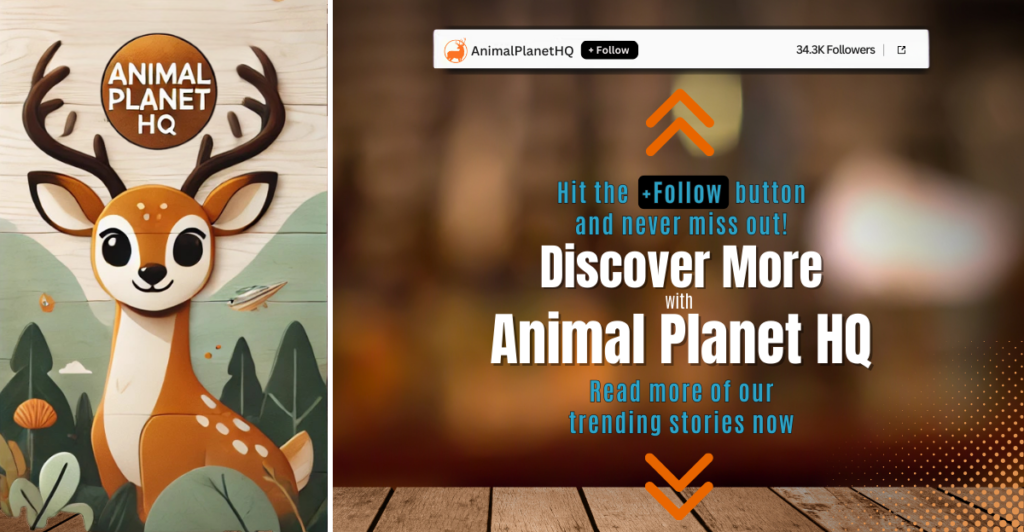
Don’t miss out on more stories like this! Hit the Follow button at the top of this article to stay updated with the latest news. Share your thoughts in the comments—we’d love to hear from you!







